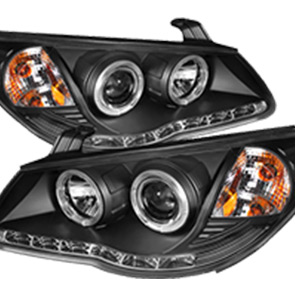Adjusting Manual Throttle Cable for Optimal Performance in Motorized Vehicles
Understanding Manual Throttle Cables Function, Importance, and Maintenance
In the realm of automotive and mechanical engineering, the manual throttle cable is a crucial component often overlooked by many enthusiasts and professionals alike. This intricate piece of machinery helps to control the engine's power output, affecting the vehicle's performance significantly. Understanding the manual throttle cable's workings, importance, and maintenance can enhance both vehicle performance and longevity.
The manual throttle cable is essentially a mechanical linkage that connects the accelerator pedal to the throttle body of an internal combustion engine. When the driver presses down on the accelerator pedal, the cable tightens, pulling the throttle valve open. This action allows more air (and fuel) into the engine, ultimately increasing the power output and speed of the vehicle. Unlike electronic throttle control systems that rely on sensors and electronics, manual throttle cables offer a direct mechanical response, providing a tangible connection between the driver’s input and the engine's performance.
One of the advantages of a manual throttle cable is its simplicity and reliability. In a world increasingly dominated by electronic components, manual systems can often provide a straightforward solution that is less susceptible to electrical failures. For example, in the event of an electrical failure, vehicles equipped with manual throttle cables can still be operable, while those relying solely on electronic systems may not function until repairs are made. This mechanical system also permits drivers to have a more immediate and tactile feel when accelerating, which many performance enthusiasts prefer for better driving engagement and feedback.
manual throttle cable

However, with any mechanical system, maintenance is key to ensuring optimal performance. Over time, manual throttle cables can stretch, fray, or become contaminated with dirt and grime, which can lead to a decrease in performance. Regular inspections are essential. Signs of wear may include difficulty in accelerating, unusual noises when pressing the accelerator, or a delay in engine response. If such symptoms arise, it’s advisable to inspect the throttle cable for any damage or obstructions.
Maintenance of the throttle cable generally involves cleaning and lubrication. Using a suitable lubricant can help keep the cable smooth and free from debris, which allows for optimal operation. When lubricating, it’s best to use a product specifically designed for throttle cables, as it will work effectively without attracting excessive dirt. Additionally, it is crucial to ensure that the cable is properly adjusted. An incorrectly adjusted throttle cable can result in poor throttle response or cause the throttle to stick, leading to dangerous driving situations.
When replacement becomes necessary, sourcing the correct replacement cable must be a priority. Aftermarket options are available, but it’s advisable to choose a cable that meets or exceeds OEM specifications to ensure compatibility and durability. Installation should be performed carefully, as improper installation can lead to more severe issues with throttle response or cable failure, potentially resulting in unsafe driving conditions.
In conclusion, while the manual throttle cable might seem like a simple component, understanding its function and maintaining it is vital for vehicle performance. Regular inspections and proper care can lead to improved throttle response and overall driving experience. Whether you’re a casual driver or an automotive enthusiast, ensuring that your manual throttle cable is in peak condition is a fundamental aspect of vehicle maintenance that should not be ignored.
-
Workings of Clutch Pipe and Hose SystemsNewsJun.04,2025
-
The Inner Workings of Hand Brake Cable SystemsNewsJun.04,2025
-
The Secrets of Throttle and Accelerator CablesNewsJun.04,2025
-
The Hidden Lifeline of Your Transmission Gear Shift CablesNewsJun.04,2025
-
Demystifying Gear Cables and Shift LinkagesNewsJun.04,2025
-
Decoding Clutch Line Systems A Comprehensive GuideNewsJun.04,2025
